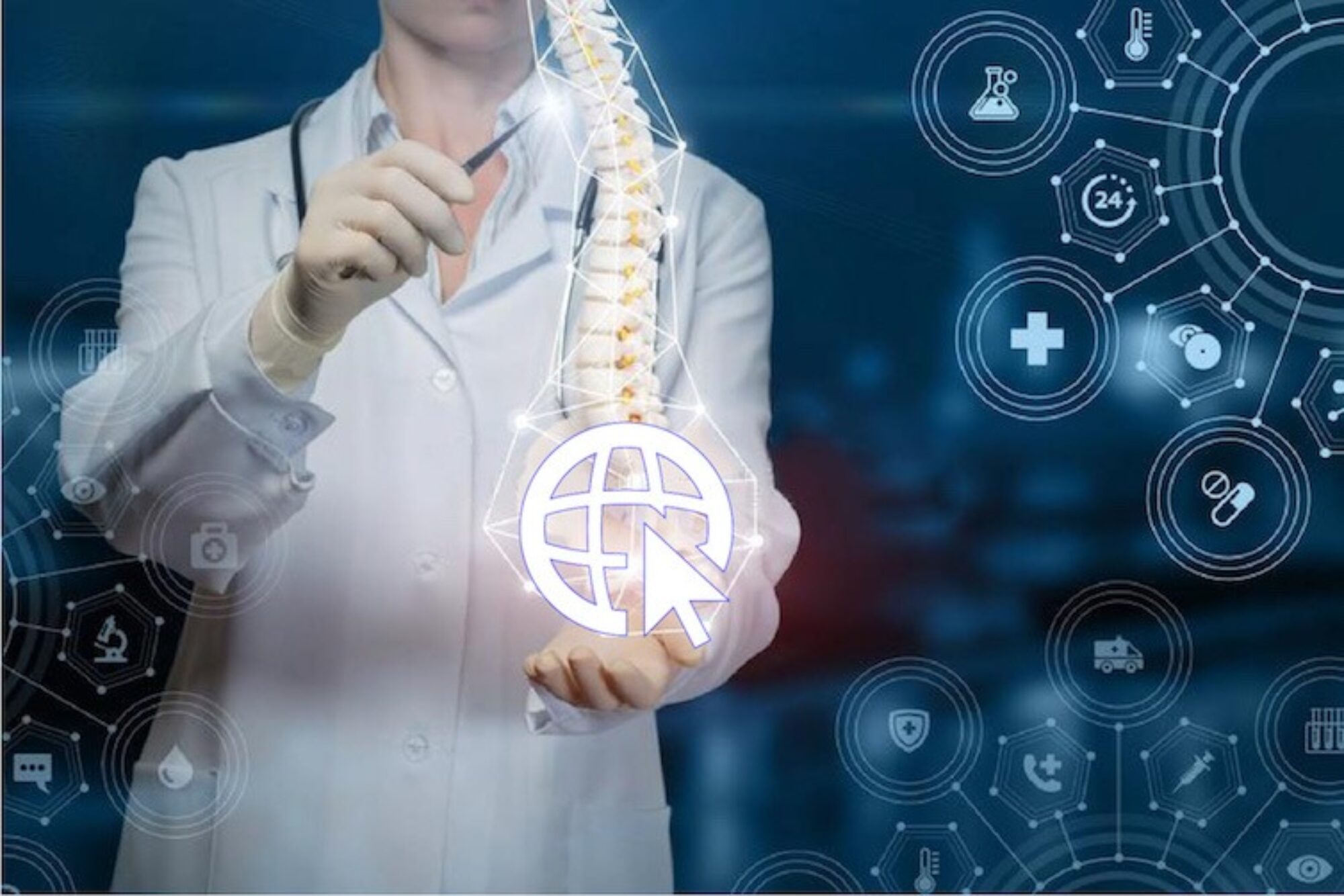Dx Imaging to Investigate Craniocervical Instability – Suggestions from our Consultant Radiologists
Static vs. Dynamic Imaging
While static imaging may be useful in some cases (for example, craniocervical abnormalities have been found in MRI Brain, supine MRI Cervical Spine in a small percentage of SBA cases each year), Dynamic imaging of the cervical spine and craniocervical junction, whether in motion (like DMX or DDR videos – however, both considered initial imaging to guide further investigation) or imaging in neutral, flexion and extension positions is better than static neutral imaging.
Note: Dynamic Imaging is an emerging field and so it may be challenging to find a physician as well as a clinic to obtain dynamic imaging. You may be required to travel. Upper cervical chiropractors or orthopaedic clinics may have Digital Motion XRays (DMX) or Dynamic Digital Radiography (DDR).
View of Soft Tissues and Bony Structures
Since the craniocervical junction is made up of soft tissues as well as bony structures, it makes sense for the Radiologist to review and report on both. Both MRI Cervical Spine and Craniocervical Junction to visualize soft tissues; combined CBCT/CT of the Cervical Spine and CCJ to visualize bony structures and obtain accurate measurements is important when investigating craniocervical instability. If possible, obtain an upright MRI (uMRI) as the weight of gravity may effect the imaging, especially if you have more symptoms upright than lying down.
Note: In some cases, we have seen that the Radiology Technician did not include the craniocervical junction, so make sure your ordering Physician write MRI Cervical Spine AND CCJ on the requisition.
In short, both Dynamic MRI and CBCT/CT are ideal to assist your CCI knowledgeable physician to rule out craniocervical instability.
Other Modalities:
In certain cases the clinical symptoms of craniocervical instability may be mimicked by thrombosis / compression of the vertebral artery or the internal jugular vein.
- MRI Brain with MRI Angiography and MR Venography identifies these pathologies. CT Angiography and Venography of the head and neck vessels is equally efficient.
- In cases of internal jugular vein compression due to elongated styloid process or styloid-C1 transverse process juxtaposition, CT neck with Venography is superior to MRI.
In Summary
Dynamic Digital Radiography (DDR) (superior) or Digital Motion XRay (DMX) – as a preliminary study, if MRI and CBCT/CT (below) is not viable.
Step 1. Dynamic MRI of Cervical Spine and Craniocervical Junction in neutral, flexion and extension positions.
Step 2. Dynamic CBCT / CT of Cervical Spine and Craniocervical Junction in neutral, flexion, extension and either lateral side bending right and left or rotation right and left.
Step 3. MRI Brain with MR Angiography and MR Venography. However, in cases whereby step 1 or 2 noted internal jugular vein compression due to elongated styloid process or styloid-C1 transverse process juxtaposition (eagles syndrome), a CT neck with Venography is superior to MRI.

